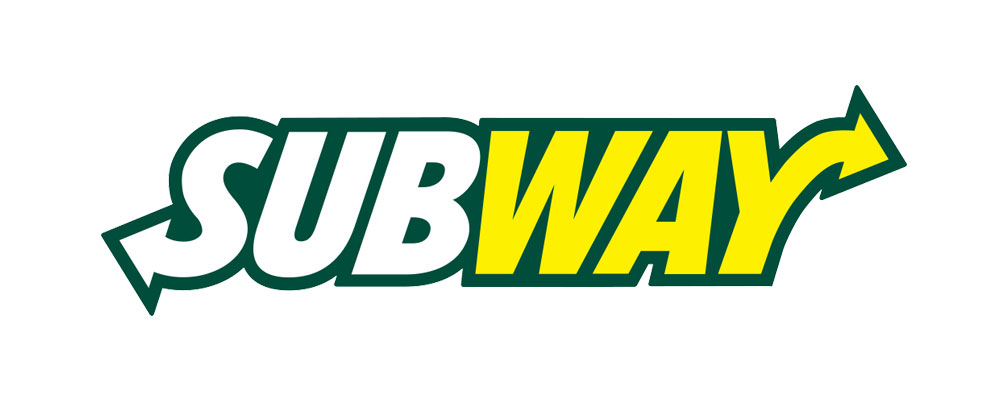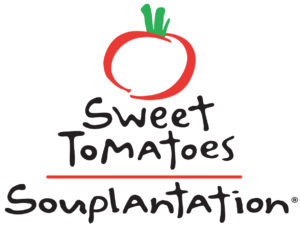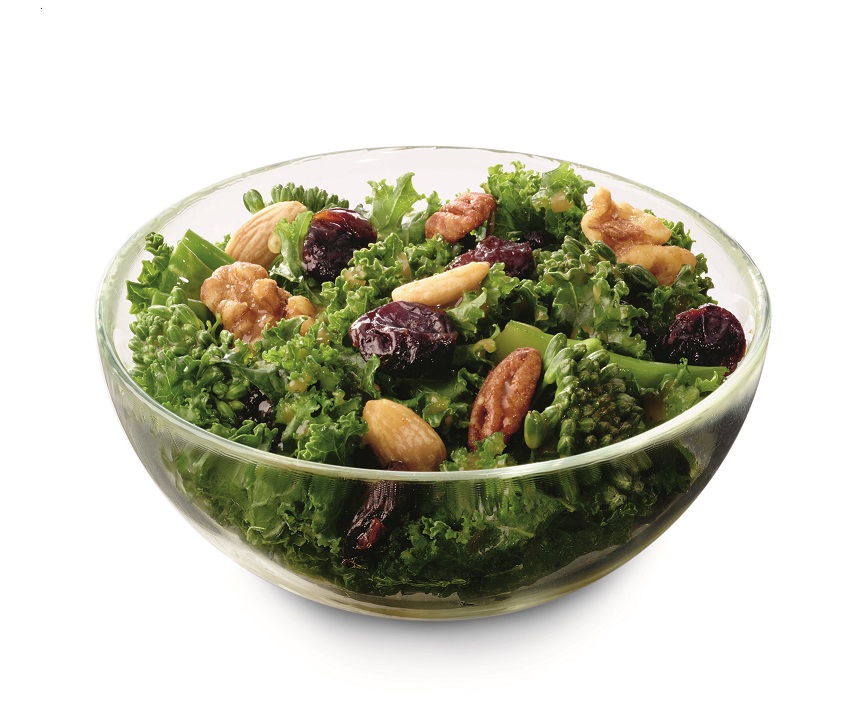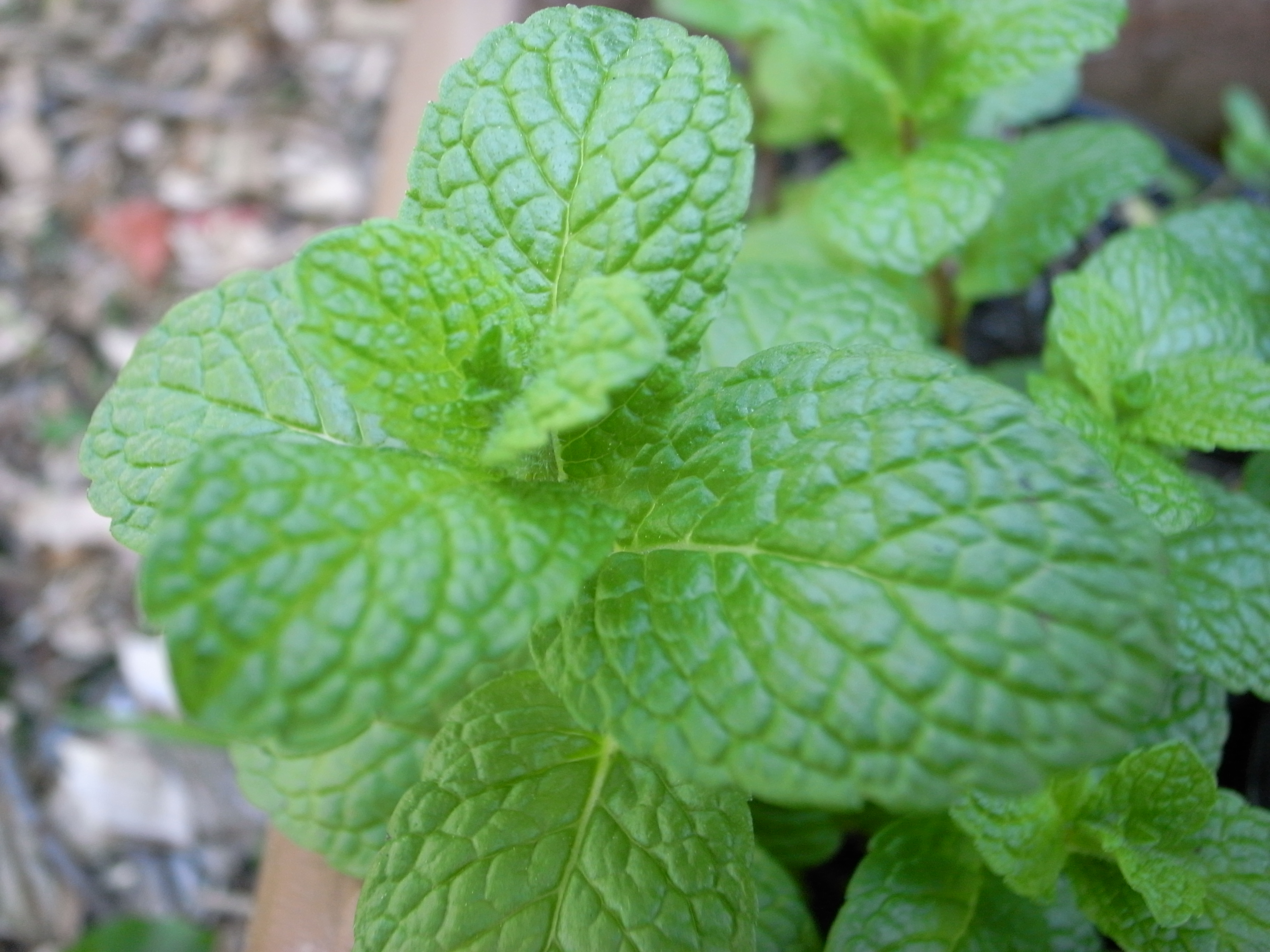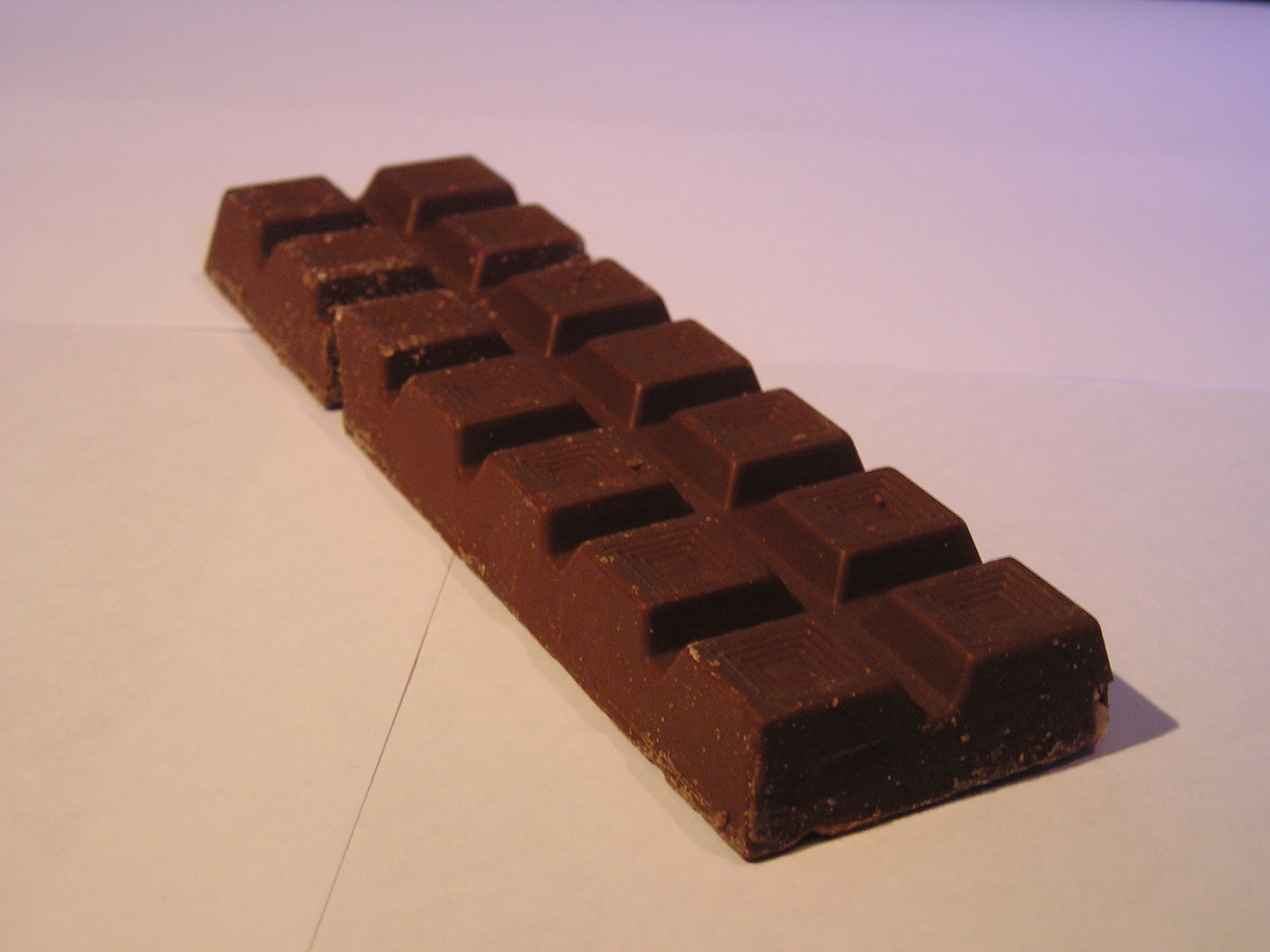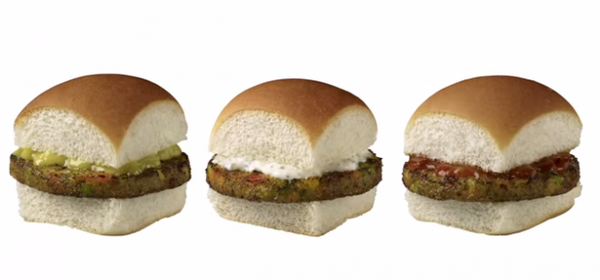Posted on
April 14, 2016 by
The VRG Blog Editor
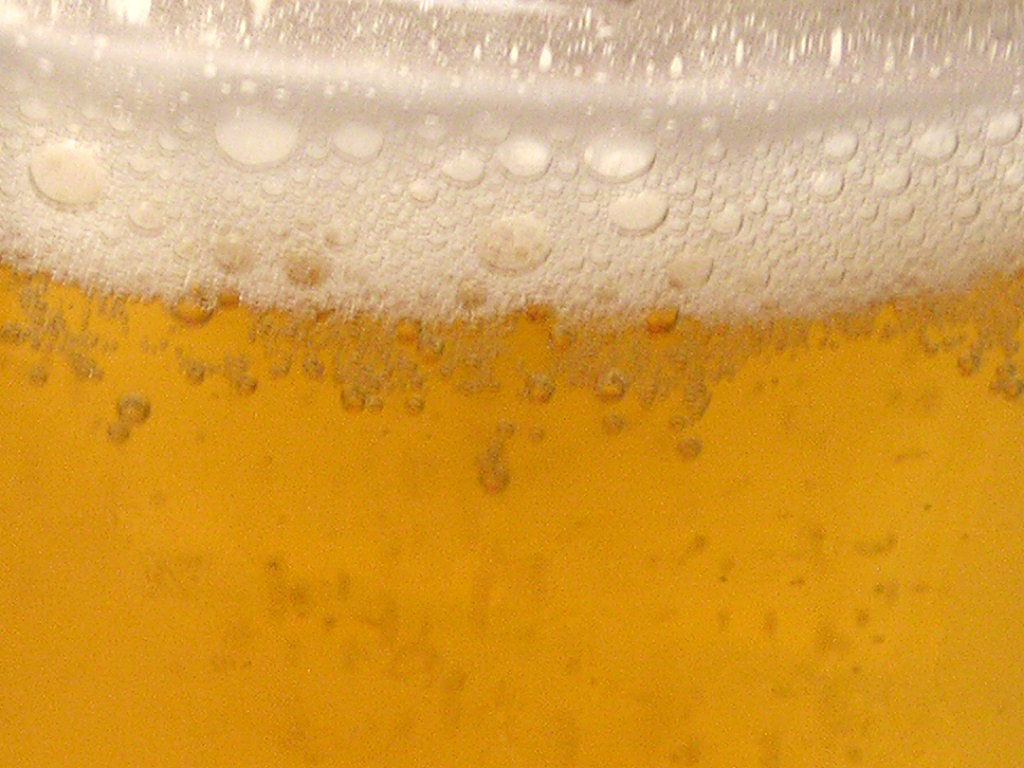
Established in 1759 in Ireland Guinness has used fish-derived isinglass as a processing aid to clarify or fine (i.e., make clear) its brews. The company announced in 2015 that it will remove isinglass from its process in 2016.
Isinglass: An Unlabeled Processing Aid
As a processing aid isinglass is exempt from governmental labeling requirements. See 21CFR101.100.3.ii http://www.accessdata.fda.gov/scripts/cdrh/cfdocs/cfcfr/cfrsearch.cfm?fr=101.100
More specifically on page 2 of a brochure published by the Alcohol and Tobacco Tax and Trade Bureau http://www.ttb.gov/pdf/brochures/p51903.pdf there is no mention of a requirement to list fining agents on beer labels.
On its website Guinness lists only “key ingredients”: barley, hops, yeast, and water. A search for isinglass on its website showed zero results.
Here’s an overview of Guinness’ beer-making methods through a series of videos with no mention of isinglass: https://www.guinness.com/en-us/our-craft/
The closest mention of the clarification process occurs in this video: https://www.guinness.com/en-us/our-craft/guinness-nitro-ipa-video/ when brewer Feodora Heavey states “…when it’s actually finished fermentation…the yeast is all removed….” but doesn’t elaborate further on how the yeast is removed.
The Vegetarian Resource Group wondered what made isinglass such a great beer clarifying agent such that one of the oldest and most famous beer brewing companies in the world would use it. Lacking information on the Guinness website we turned to other resources.
What’s So Special about Isinglass Fining?
Isinglass fining refers to the removal of suspended particles especially yeast cells, proteins and polyphenols in beer. Isinglass is classified as a processing aid which by definition is a substance used in very small amounts leaving no residue with any technical function in the finished product.
The article Clear Beer through Finings Technology and the Wort and Beer Clarification Manual both by Ian Ward describe the function of isinglass as a clarifier in beer. Information presented in this section is adapted from these two documents:
https://bsgcraftbrewing.com/Resources/CraftBrewing/PDFs/Brewing_Processes_and_Techniques/ClearBeerTechnology.pdf
https://bsgcraftbrewing.com/Resources%5CCraftBrewing%5CPDFs%5CBrewing_Processes_and_Techniques/WortandBeerFiningManual.pdf
Here are some interesting points about isinglass from Ward’s publications:
Isinglass is commonly used in the UK because “the climate does not permit natural lagering in the Bavarian style.” Clear Beer Through Finings Technology (p. 1).
Approximately 10% of the world’s production of isinglass from several fish species is used in the beer industry. Most is consumed in China as a delicacy. Wort and Beer Clarification Manual (p. 16).
The various types of isinglass produce different appearances (clear, hazy, etc.) in beers. They are all forms of collagen, a protein that is the active ingredient in isinglass. Wort and Beer Clarification Manual (p. 16, 22).
Most commercial isinglass products are blends of isinglass types. Wort and Beer Clarification Manual (p.22).
Because isinglass fining accelerates the clarification process using it may quadruple production capacity with minimal outlay compared to unfined (i.e., natural) sedimentation that occurs very slowly. Wort and Beer Clarification Manual (p. 29).
Isinglass enhances the foam stability of certain beers. Wort and Beer Clarification Manual (p. 32).
Typical isinglass dosage rates for filtered beers are between 0.25 and 0.5% of beer volume. Clear Beer Through Finings Technology (p. 4).
The exact mechanism of isinglass fining is not well understood. Here are synopses of two proposed mechanisms as described in the Wort and Beer Clarification Manual (p. 19):
One hypothesis states that positively charged isinglass reacts with negatively charged yeast to form a neutral floc (precipitate) which then falls out of solution. The role of auxiliary finings along with
isinglass in beer production is to interact with the positively charged protein particles which would otherwise not react with the isinglass and pull them out of solution, too.
An alternative mechanism proposes that soluble collagen (isinglass) reacts with a soluble beer component to form a precipitate (floc). Upon formation, the floc surrounds and enmeshes and then binds to the yeast and protein particles and settles out of the beer sweeping up further particulate material on its way to the bottom of the vessel. The role of auxiliary finings is to either react with positively charged soluble beer components which would compete with isinglass, or to react directly with the isinglass itself to produce the flocs required for fining.
Ward later defined “auxiliary finings” as acidified silicates and acidic polysaccharides on p. 20 of Wort and Beer Clarification Manual. These compound classes are both vegan.
According to Ward “Indeed, still today there are no effective alternatives to the use of isinglass in producing bright unfiltered beer.” Wort and Beer Clarification Manual (p.28).
Guinness Responds
In December 2015 we asked Guinness about the change from isinglass to a filtration system. Consumer relations representative Aaron of Diageo® a multinational alcoholic beverages company that owns the Guinness brand responded:
“Isinglass has been used widely within the brewing industry as a means of filtration for decades. However, because of its use we could not label Guinness as suitable for vegetarians and have been looking for an alternative solution for some time.
We are now pleased to have identified a new process through investment in a state-of-the-art filtration system at St. James’s Gate which, once in place, will remove the use of isinglass in the
brewing process.
We hope to have the new system up and running by late 2016 and [isinglass-free beer] available for purchase in stores soon after.”
The VRG still had questions for Guinness, namely:
Will you be using any other clarification agent such as Irish moss,
albumen or gelatin to replace the isinglass?
Or will the filtration system totally replace the need for a
clarifying agent that you add to the beer?
Aaron responded:
“Our Brewing Team has confirmed that the filtration system will
replace the need for a clarifying agent.”
To be absolutely sure the new filtration system was vegan The VRG asked
Guinness
Can you confirm that the filtration system is not made of an animal
product such as cow bone char used to filter sugar?
Again Aaron replied:
“Our Brewing Team has advised that the filtration system is not made
of animal products and no animal products are used in operation of
this system.”
Other Beer Companies Respond
The VRG wanted to see if other beer companies with a major presence in the U.S. market used any animal-derived clarifying agent such as isinglass. MillerCoors® responded in November 2015:
“MillerCoors does not use any animal by-products in our brewing process, nor are there any animal sources used in our packaging.Isinglass is not used in our brewing. There are five basic ingredients in all MillerCoors products. These include pure water, malted barley, corn syrup, hops, and yeast. Corn syrup is one of the basic ingredients used in most MillerCoors products as US consumers prefer its taste. Again, we do not use animal derived ingredients in our beer.
We also asked Anheiser-Busch® the same question. Here is their email reply: “We provide ingredient information about many of our beers on our global consumer information website:
The VRG looked up a few of their American beers and saw these ingredients:
Budweiser®: water, barley malt, rice, yeast, hops
Busch®: water; corn, rice and/or dextrose syrup; barley malt; hops; hop
extract; malt extract; yeast
Michelob® Ultra: water, rice, barley malt, hops, yeast
As isinglass or any other clarifying agent is not listed we scoured the website to see if anything about the filtering process could be located.
We found only this: http://www.tapintoyourbeer.com/age_check.cfm “The beer is normally filtered to make it visually bright by removing yeast and protein material, and then it’s transferred to a finishing tank. Not all beer is filtered.”
We called Anheiser-Busch in January 2016 and asked about their filtering method and if an animal-derived clarifier was used. A customer service representative repeated that “all ingredient information is listed on the website and I have no further information.”
When we explained that a clarifying agent is a processing aid not an ingredient and so does not have to be labeled, she told us that “if it’s used but not on the label then it’s proprietary” and so she would be unable to divulge any further details.
Attempting to get further clarification The VRG emailed Anheiser-Busch the response we had received from MillerCoors reprinted above and asked if they could confirm that their beer is also brewed without any animal-derived clarifying agent.
After one week and no response we called Anheiser-Busch again in February 2016. This time consumer representative Alicia typed in “isinglass” into her database and told us it was listed with this
statement: “We do not use isinglass all at in any of our products.”
She noted that only Budweiser Chelada® products contain an animal-derived ingredient: clam juice. An ingredient list containing clam juice was not evident for the Chelada beverages on the Anhueser-Busch website noted above as it was for the sample beers we chose to include here even though Alicia said it would appear on bottle labels. (“Clamato” appears on the label but is not defined.)
Isinglass Alternatives
Alternatives to animal-, egg-, or dairy-derived clarifying agents suchas isinglass, gelatin, albumen or casein include several vegan beer clarifying agents that are used by many brewers. These include the following:
Biofine® Clear http://www.brewing-solutions.com/products/?id=16
(Note: There is also a Biofine isinglass product.)
http://hbd.org/discus/messages/50162/Biofine_Clear_A3_5B06808_PDS-50553.pdf
diatomaceous earth (kieselguhr)
http://maltingandbrewing.com/kieselguhr-kg-or-diatomaceous-earth-de.html
http://www.acs.org/content/acs/en/pressroom/newsreleases/2013/april/widely-used-filtering-material-adds-arsenic-to-beers.html
Divergan®
http://www.crosspure.basf.com/web/global/crosspure/en_GB/about_divergan/index
http://www.ashland.com/Ashland/Static/Documents/ASI/Reppe_to_Mola_and_Rehmanji.pdf
Irish moss
http://homebrewandchemistry.blogspot.com/2009/01/irish-moss-brief-description.html
Polyclar®
http://www.ashland.com/Ashland/Static/Documents/ASI/PC_11444_Products_for_Beer.pdf
ReGrained: Eat Beer
An aspect of the beer industry that is receiving more attention especially in urban areas with the rise of craft beers, microbreweries, and home brewers is the repurposing of brewer spent grains (BSG).
http://www.businessinsider.com/craft-beer-is-taking-over-america-2015-3
http://www.forbes.com/sites/niallmccarthy/2015/06/17/2014-was-another-great-year-for-american-craft-beer-infographic/#77aae3c16f01
https://www.brewersassociation.org/statistics/national-beer-sales-production-data/
http://share.iit.edu/bitstream/handle/10560/1935/AlternativeUsesForBrewers’SpentGrainIPRO340FinalReportSp11.pdf?sequence=3
This is significant because approximately 90% of the nutritional value
of grains used in beer production remains in the spent grains.
Considering the billions of pounds of grains used every year in the beer
industry as well as the energy, water and land requirements to produce
those grains this huge loss represents an enormously inefficient use of
resources.
It is still common for brewers to sell spent grains for animal feed although this practice has its problems as explained on page 3 of this article:
http://jotamac.typepad.com/jotamacs_weblog/files/no_waste_economy__gunter_pauli.pdf.
Alternatively BSG deposited in landfills contributes to the growing and costly problem of urban waste as tipping fees (A fee charged for the amount of waste) mount. Increasingly however value-added products such as xylitol derived from BSG are entering the marketplace. http://www.foodnavigator.com/Science/Scientists-make-cheap-xylitol-from-spent-grain
http://www.sciencedirect.com/science/article/pii/S0733521005000706
In 2015, two San Francisco home brewers decided to address the problems created by urban BSG by repurposing it into nutritional bars intended for human consumption.
http://www.bakeryandsnacks.com/Ingredients/ReGrained-repurposes-spent-beer-grain-as-baking-ingredient/?utm_source=newsletter_daily&utm_medium=email&utm_campaign=23-Dec-2015&c=yazB%2FDHFv2VDUSPbxPPEtw%3D%3D&p2=
Their company ReGrained® was launched. http://www.regrained.com/
We corresponded with ReGrained co-founders Dan Kurzrock and Jordan Schwartz about their company and products in January-February 2016. They assured us that their BSG suppliers are local craft brewers who do not use isinglass. Dan told us that their current brewery partners are 21st Amendment® Brewery http://21st-amendment.com/, Triple Voodoo® Brewery https://www.triplevoodoo.com/ and Magnolia® Brewing Company http://www.magnoliabrewing.com/. Dan wrote in an email to us: “Any clarifying agent that a brewery might use would be added to the sugary liquids (called wort) extracted from the grains…Any fining agent would be added to the liquid portion, not the grain…To my knowledge, most craft breweries (especially the small/local ones) do not filter their beers or add animal-based clarifying agents. This is in part a resources issue, and in part because in most [cases] unfiltered beer tastes better (my objective opinion 😉 )”
Chief Grainmaster Jordan added:
“As for fining agents, my understanding is that fining agents are sometimes used in the boil portion of beer making and…as part of the fermentation step. (Although I am not sure that any of our brewery partners use fining agents anyway.) Our grains come from the very first step of the process in which the only ingredients used are the grain bill itself and hot water. This hot sugary water (called wort), is drained from this tank, into another tank called a boil kettle, leaving behind the solid grain in the ‘mash tun.’…We only take the solid grains. Yeast is not introduced until much later in the brewing process. There is no clarification process, it is just water and malted barley. In my understanding, no animal products are used to make beers from our brewers…The only thing that we do to the grain is dehydrate it to dry.
One of ReGrained’s BSG suppliers further explained the process:
“Brewers use a few different methods for filtering. Some still use isinglass, but that is mostly traditional British-style brewing and some cask ales after hop or spice additions directly to the cask.The overwhelming majority use either plate and frame filtering, centrifuge…and/or Biofine. These methods are all vegan, although I think there is one version of Biofine that is not vegan… The various fining agents that you add either in the last 15 minutes of the boil (whirfloc) or on the cold side before carbonation & packaging (Biofine and the like) work by pulling/attracting matter that is chemically charged – hops, yeast, etc. The issue is all this matter is not all positively or negatively charged and the brewer sometimes needs to use a combination of agents to get the clarity they want. Plate and frame…and centrifuge do not have this issue. They work by either using a barrier to trap the matter as it passes through (plate & frame…) or by spinning it at such a velocity that the matter separates from the liquid (centrifuge).
Regrained Bars
Dan told us:
“Our Stout 2.0® bars will be released around March 2016 and will be vegan. The Honey Almond IPA® will no longer have egg but still will have honey…We’ll have future other products though that will be vegan friendly.”
The Honey Almond IPA bar ingredients:
almonds, tapioca syrup*, brown rice syrup*, honey*, brewer’s spent grain, puffed quinoa*, oats*, non-GMO canola-olive oil blend, puffed brown rice*, ground flax*, cinnamon, sea salt, xantham gum. * = organic
According to an email from Dan: The [Chocolate Coffee] Stout® bar has “fair trade/organic semi-sweet chocolate, plus the aforementioned minus honey.”
Here’s the complete ingredient list for the Chocolate Coffee Stout bar: almonds, brown rice syrup*, tapioca syrup*, brewer’s spent grain,
semi sweet chocolate [sugar, chocolate liquor, cocoa butter], oats*, puffed quinoa*, non-GMO canola-olive oil blend, puffed brown
rice*, round flax*, coffee, sea salt, xantham gum, soy lecithin, real vanilla.* = organic
We spoke to Dan in February 2016 about the sugar in the Stout bar which he had previously described as “organic/fair trade.” He told us that although ReGrained doesn’t add either beet or cane sugar to the bars as a separate ingredient, he didn’t know if his chocolate supplier used cane sugar that had been whitened through cow bone char. We also pointed out that although he had previously described to us in an email that the chocolate was organic, the ingredient label does not use the organic qualifier for the chocolate. Since only organic sugar is never whitened by cow bone char or anything else, The VRG still questioned whether the sugar in the chocolate had been filtered through cow bone char. Dan suggested that we call his chocolate supplier to find out more information.
The VRG called ReGrained’s supplier Guittard® Chocolate Company https://www.guittard.com/ in March 2016. Without any hesitation after hearing our question about the whitening methods of the sugar used in their chocolate Nikki a Guittard employee told us “the sugar is processed through cow bone char in all chocolate including semi sweet (excluding unsweetened) for cooking and eating except the organic chocolate.”
We also asked Dan if the ReGrained bar contained any alcoholic content. He said that since the spent grains used to make the bars are removed from the beer-making process “well before” fermentation begins there is no alcoholic content. “Fermentation occurs when yeast interacts with the hopped sugary wort extracted from the grain.”
Lastly Dan informed The VRG that their new bars will be packaged in “NatureFlex® film, which will biodegrade in soil in your own backyard. This is in contrast to most ‘compostable’ wrappers that will only actually break down in industrial compost settings.”
http://www.innoviafilms.com/NatureFlex.aspx
More Information on Beer:
http://www.smithsonianmag.com/arts-culture/hey-vegans-there-may-be-fish-bladder-in-your-guinness-2001644/?no-ist
http://www.popsci.com/how-is-guinness-going-vegan
http://www.barnivore.com/faq
http://onlinelibrary.wiley.com/doi/10.1002/j.2050-0416.2007.tb00761.x/pdf
http://www.businessinsider.com/big-beer-vs-craft-beer-battle-gets-ugly-2016-2
The contents of this posting, our website and our other publications, including Vegetarian Journal, are not intended to provide personal
medical advice. Medical advice should be obtained from a qualified health professional. We often depend on product and ingredient information from company statements. It is impossible to be 100% sure about a statement, info can change, people have different views, and mistakes can be made. Please use your best judgement about whether a product is suitable for you. To be sure, do further research or confirmation on your own.
To support The Vegetarian Resource Group research, donate at www.vrg.org/donate
Or join at
http://www.vrg.org/member/2013sv.php
